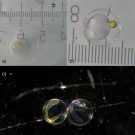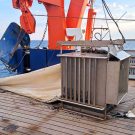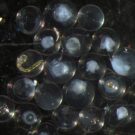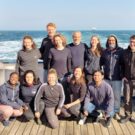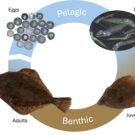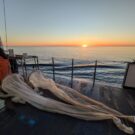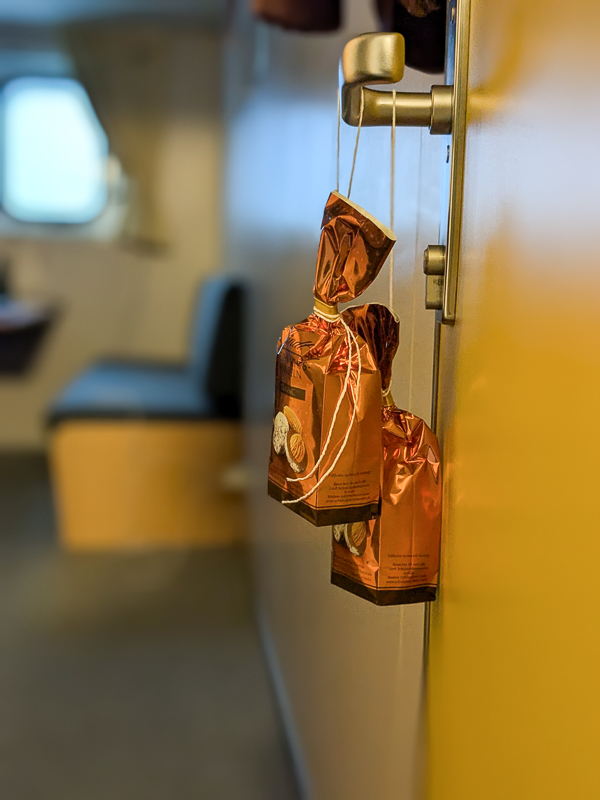Hello again, I hope you had a nice easter holiday if you are celebrating and that you found time to enjoy spring if you aren’t. For me this year’s easter egg hunt came early and happened onboard of Alkor. Well, at least in some way it did, except that I replaced actual eggs with tiny […]
Multinet Madness!
Fresh off RV Alkor and back in Kiel, I’m excited to share another blog post about our scientific research cruise AL630. I’d like to tell you something about one of the sampling methods that we used during the cruise. To track the daily movements of zooplankton in the water column at our station BB23 – […]
From Models to Research Cruises, an exciting journey: Eggs and larvae finding their way through the Baltic Sea!
Hello blog readers, It’s another exciting day aboard the ALKOR630 cruise! The sun is rising, and the bongo nets and water samplers are ready to go. Greetings from Station BB23—one of the most sampled and ecologically important hotspots for phytoplankton, copepods, and fish eggs/larvae. Today, we’re exploring a technique called Lagrangian particle tracking (LPT)—a powerful method for tracing the path of a water parcel in […]
AL630 successfully completed, but…
Hi readers, We have successfully completed cruise AL630 on April 16, 2025. After one day without work due to strong northwesterly winds 7-8 Beaufort, during which we entered Rönne harbor on Bornholm Island, the last 5 days of the cruise were packed with work, running continuously in 24-operations in shift work. We therefore were not […]
Flatfish!
Hello again from Alkor! We are on day 9 of our research cruise in the Baltic Sea and today we would like to tell you more about the flatfish world. But let’s start from the beginning. Have you heard about metamorphosis before? It describes the transformation of a body form and structure after hatching, just […]
AL630 now posting from the Baltic Sea!
Hello from Bornholm Basin in the central Baltic Sea! With a team of 12 scientists and 11 permanent crew, we are currently operating in Baltic waters (see Figure 1) with research vessel Alkor to improve understanding of this beautiful but also heavily impacted and rapidly changing system. For this purpose, we measure physical parameters (temperature, […]
Catching some rays
On a summer day in the south Indian Ocean, it can seem like the sunlight supply is endless. But even on the brightest day, most of the ocean stays dark. Only the upper layer of the ocean receives enough light for phytoplankton to perform photosynthesis, a process that uses light energy to convert the inorganic […]
Geology in motion: Research in the Aegean’s Columbo volcanic field
The sun rises over the Aegean and bathes the sea in a warm light. A new day begins on the Maria S. Merian, the research vessel that navigates through this geologically active region. Researchers and crew are preparing for the next stage of an expedition that will provide insights into the dynamic processes beneath the […]
Announcing some turbulence
In addition to their CTD duties described in the previous post, Kiel University-GEOMAR Climate Physics masters students Hannah Melzer and Paula Damke are always busy with something, from reading physics books for fun to creating beautiful artwork. Another task under their purview is measuring upper ocean turbulence using a microstructure profiler. The microstructure profiler is […]
The mighty CTD
Behold the mighty conductivity temperature depth (CTD) rosette! This is one of the workhorses of ocean research. Sensors measure conductivity (a proxy for salinity), temperature, light level, and other environmental parameters as they change with depth. These sensors are attached to a circular frame called a rosette that holds an array of sampling bottles that […]
